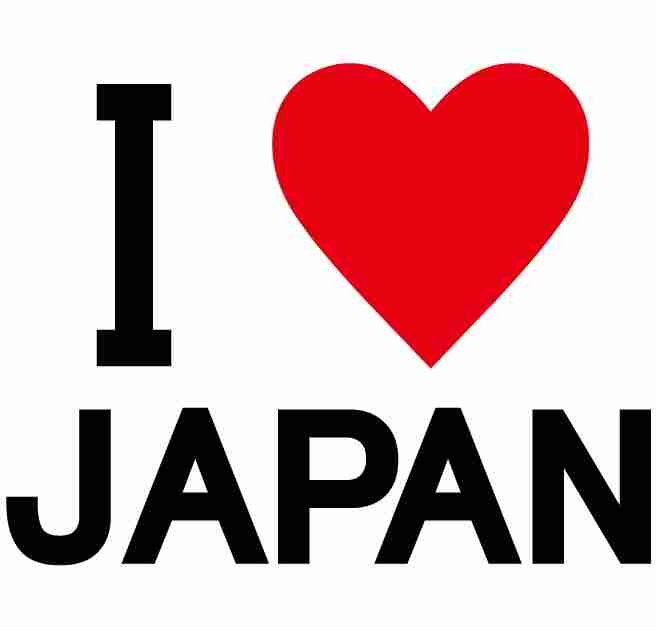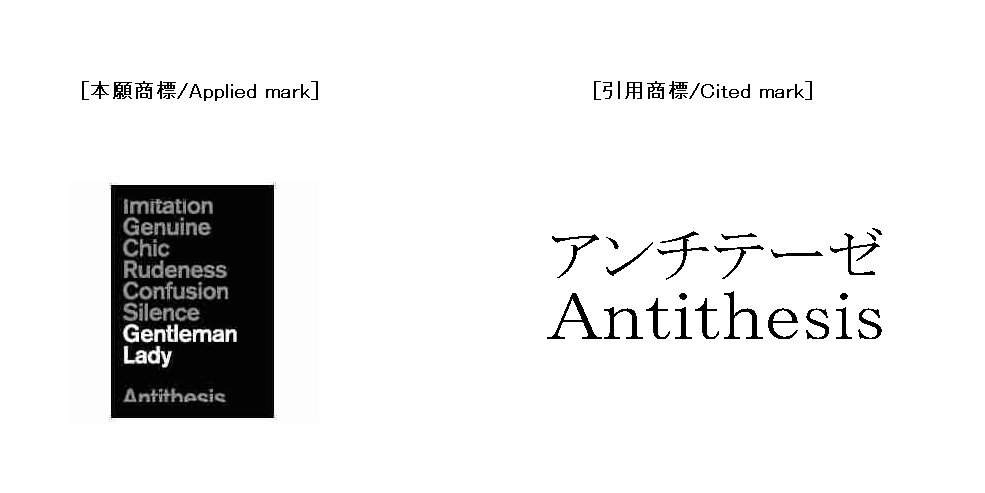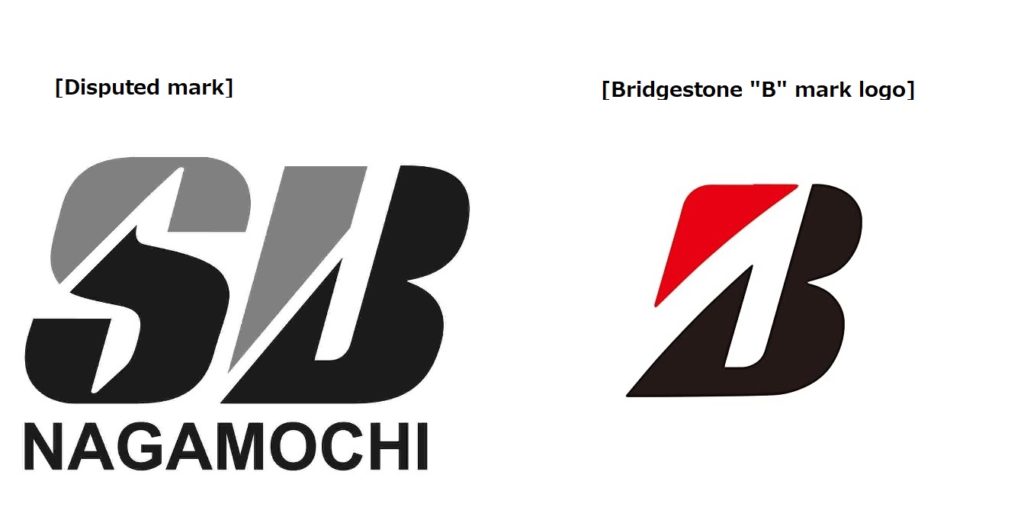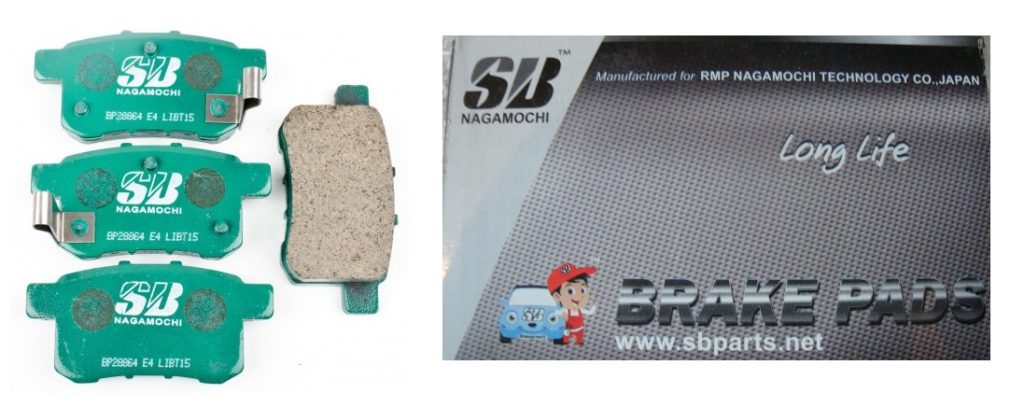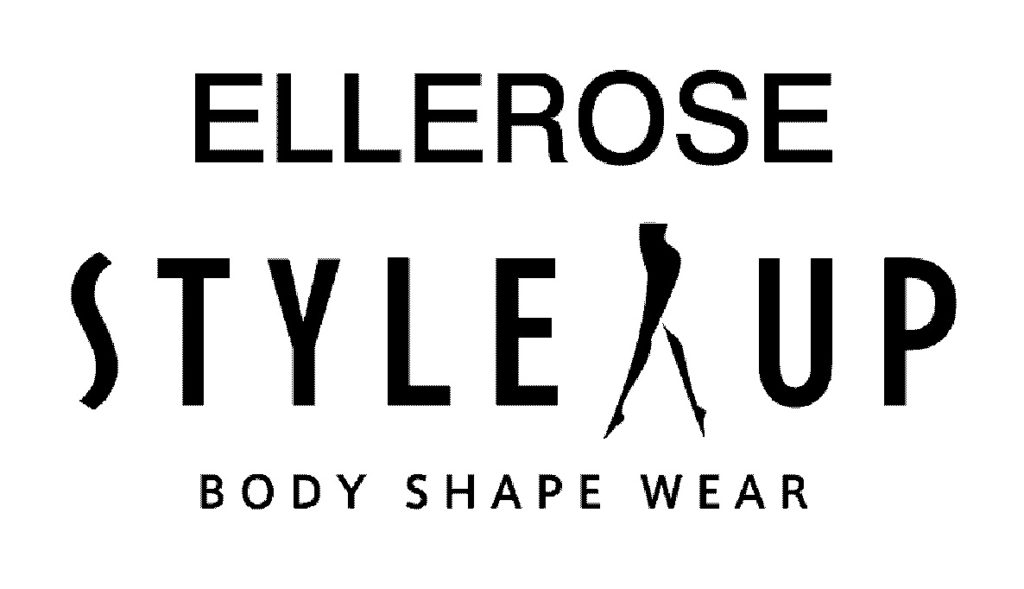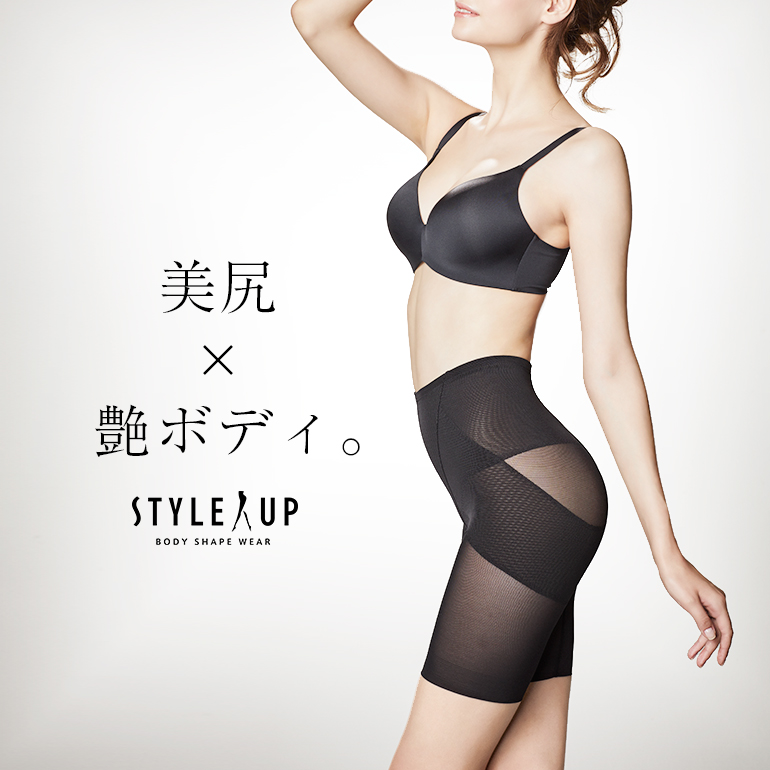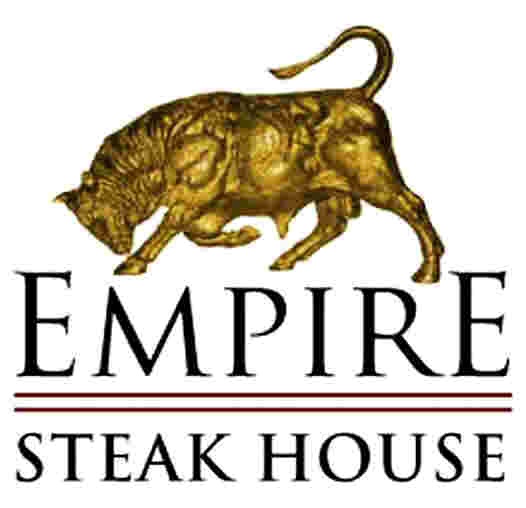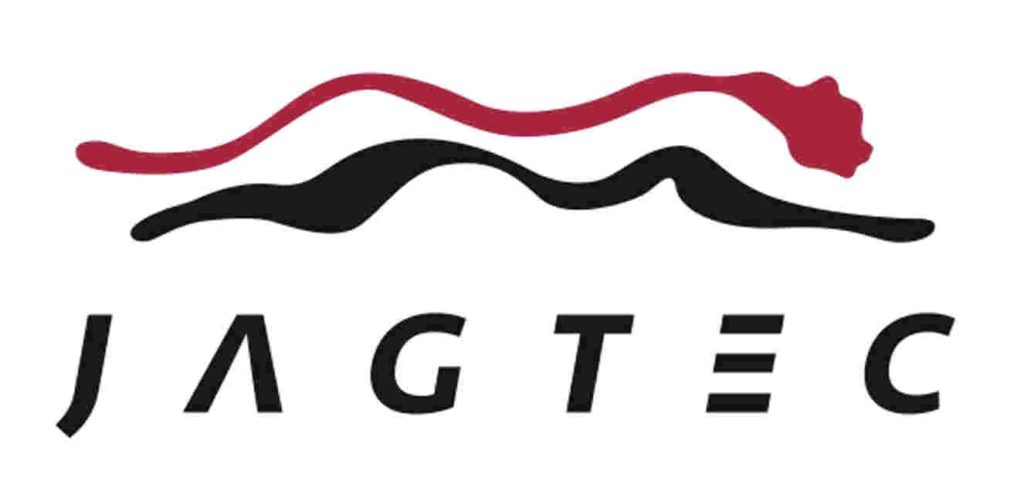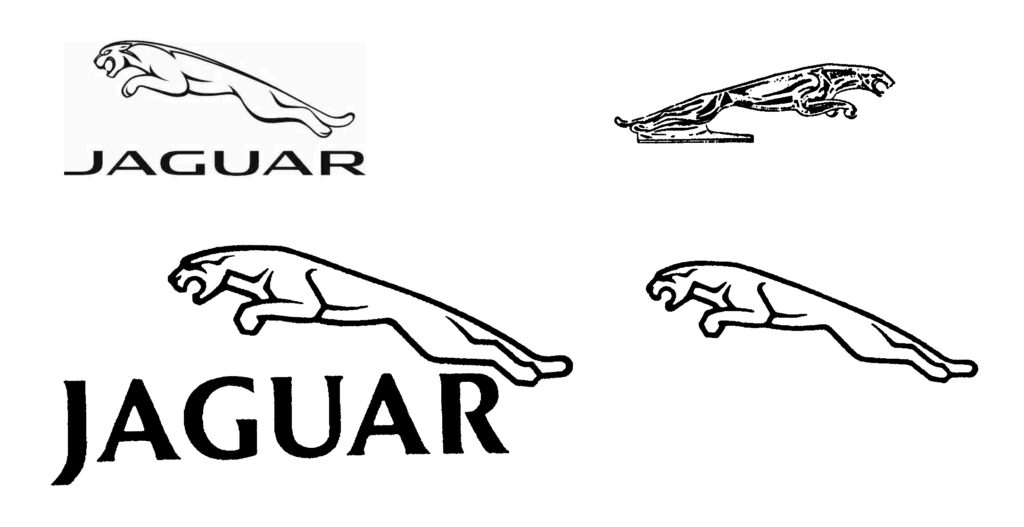The Japan Patent Office (JPO) recently dismissed Google LLC’s invalidation petition against TM Reg. no. 5999063 for word mark “NYAN TUBER” by finding “YouTuber” would be famous, but not as a source indicator of Google.
[Invalidation case no. 2018-890081, Gazette issued date: June 26, 2020]
Disputed mark
PECO Co., Ltd., a Japanese business entity working on the health benefits of the human-animal bond, filed a trademark application for word mark “NYAN TUBER” written in Japanese Katakana character (see below) on pet-related services in class 35 and 42 to the JPO on April 3, 2017.
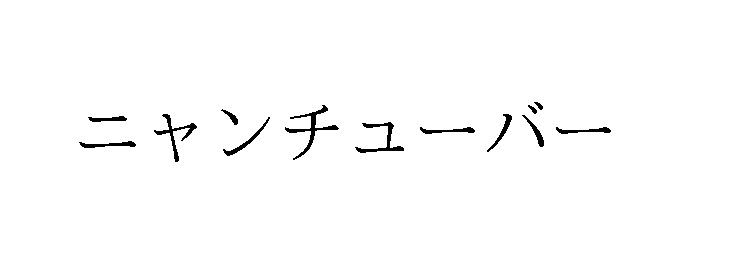
“Nyan” is the sound cats make in Japan. Cats don’t make the same sounds in other countries. In the United States, it sounds like meow. In Germany, it’s miau; and, in France, it’s miaou.
So, “NYAN TUBER” easily reminds Japanese consumers of a person who frequently uploads videos of cats to ‘YouTube’.
The disputed mark was registered on November 24, 2017 (TM Registration no. 5999063).
Invalidation petition by Google
On October 24, 2018, Google LLC filed a petition for invalidation and alleged among others the disputed mark shall be invalidated in contravention of Article 4(1)(vii),(x),(xi),(xv),(xix) of the Trademark Law due to similarity to, or a likelihood of confusion with “YouTuber”
Google argued “YouTuber” has become famous as an indication closely associated with Google’s well-known online video sharing services ‘YouTube’. Because of it, relevant consumers and traders at sights of the disputed mark would connect or associate it with ‘YouTuber’.
YOU TUBER
According to recent polls, becoming a YouTuber or vlogger becomes the most popular career goal for Japanese children and teenagers.
TOP 5 JOBS BOYS WANT (2019)
1. Youtuber/Vlogger, 2. Soccer player, 3. Baseball player, 4. Driver, 5. Policeman
PECO counterargued that it becomes usual for YouTubers to use him/her YouTube name “___Tuber”. If so, relevant consumers at the sight of “NYAN TUBER” videos would just consider the disputed mark represents the video or a person who uploaded it and never conceive the mark as a source indicator of Google or YouTube.
Invalidation Board decision
The JPO Invalidation Board did not question a high degree of popularity and reputation of “YouTube” as a source indicator of Google’s online video sharing services.
In the meantime, the Board found “YouTuber” would be recognized as a generic term to represent ‘a person who creates and uploads videos on the YouTube online video sharing service’ by referring to some dictionaries. In fact, Google does not register the term over any goods and services at all, and thus the Board denied the famousness of “YouTuber” as a source indicator of Google’s service.
With regard to the assessment of the similarity between “YouTuber” and “NYAN TUBER”, the Board found that both marks are dissimilar as a whole even though they have partially the same in the suffix. The difference in the prefix, “NYAN” and “YOU” substantially gives rise to a distinctive impression from appearance, sound, and concept as a whole in the minds of relevant consumers. Accordingly, both marks would be anything but confusingly similar.
Based on the foregoing, the Board dismissed Google’s allegations entirely and declared validation of the disputed mark.

